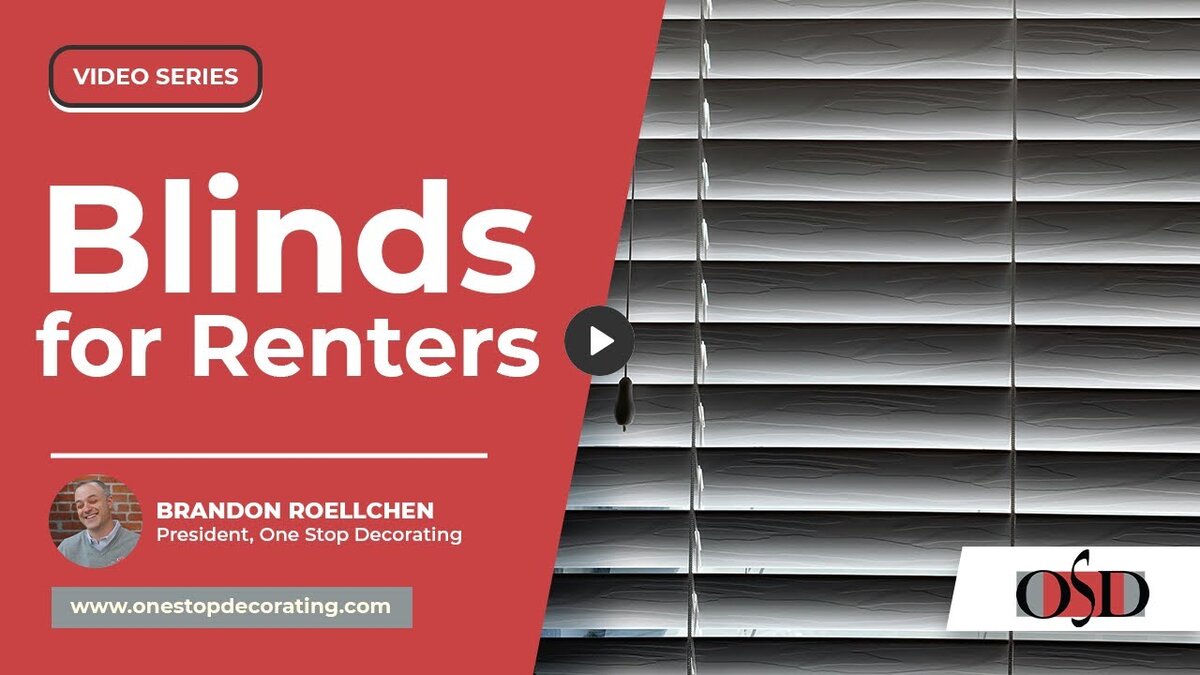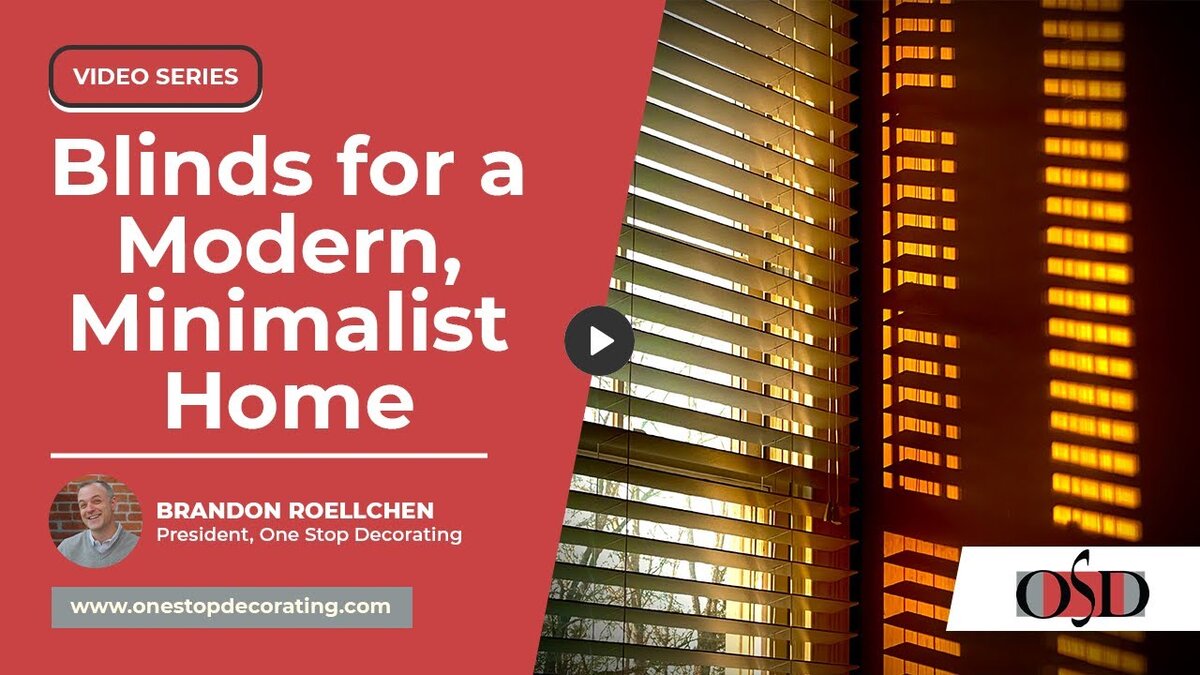Did you know that the quality of your sleep and the ambiance of your home could hinge on the simple choice of window treatments? Whether you’re aiming to create a pitch-dark environment for sound sleep or just tone down the glare for your cozy living room cinema experience, picking between blackout and room darkening shades is crucial. Let’s explore the differences to help you decide the best option for your needs.
What are Blackout Shades?
Blackout shades are specifically designed to block out as much light as possible, ideally up to 100%. These shades are perfect for spaces where you need to completely eliminate light, such as a bedroom or a home theater. However, achieving a true blackout effect is not as straightforward as it might seem.
While the term “blackout” suggests that no light will pass through, in reality, most options still allow a small amount of light to leak in around the edges. This is because shades typically don’t cover the window entirely—they don’t touch the ceiling or floor, and gaps can form at the top, bottom, or sides. To combat this, we often recommend a layered approach. For instance, you could use a blackout shade in conjunction with a blackout curtain, similar to what you might find in a hotel room. This combination can significantly reduce light leakage but may not completely eliminate it.
What are Room Darkening Shades?
Room darkening shades, on the other hand, are designed to reduce the amount of light that enters a room, but they do not block it out entirely. These shades are an excellent choice for those who want a significant reduction in light without needing total darkness. Room darkening shades are often preferred for spaces where complete light blockage isn’t necessary, such as living rooms, offices, or bedrooms where total darkness might not be desired.
Unlike blackout shades, room darkening shades offer a balance between light control and aesthetic appeal. They come in various fabrics, some of which may include a blackout liner or Mylar inserts to further enhance their ability to darken a room. However, it’s important to note that while these features improve light control, they still allow some light to pass through the edges of the shade.
The Importance of Installation and Layering
For both blackout and room darkening shades, installation plays a critical role in their effectiveness. We often recommend an outside mount for your shades, which overlaps the window trim. This approach minimizes the amount of light that can sneak in around the edges, especially at the top and bottom of the window where traditional inside-mounted shades might allow light to filter through.
In some cases, especially if you’re aiming for a near-total blackout, we suggest layering your window treatments. For example, adding blackout draperies over your shades can provide an extra layer of light control, helping to block out more light and create the darkness you need.
Light Dimming: A Third Option
Outside of blackout and room darkening shades, there’s another category known as light dimming. These treatments, which include louvered blinds, sheer shadings, and wood shutters, are designed to diffuse light rather than block it completely. When you close the louvers on these treatments, light can still filter through the slats, making them less effective for darkening a room. We refer to these as light dimming shades because their primary function is to soften light, not eliminate it.
Additional Benefits of Room Darkening Shades
Beyond just reducing light, room darkening shades offer several additional benefits. One significant advantage is their ability to absorb sound. If you live on a busy street or in a noisy neighborhood, room darkening shades can help reduce the amount of outside noise that enters your home. The fabric’s lining not only darkens the room but also provides a layer of insulation against sound, making your space quieter and more peaceful.
When to Choose Blackout Shades
Blackout shades are the go-to option when you need to create an environment as close to total darkness as possible. Here are a few scenarios where blackout shades might be the best choice:
- Bedrooms: Especially for those who sleep during the day, blackout shades can help create the dark, quiet environment needed for restful sleep.
- Home Theaters: For a true movie theater experience at home, blackout shades will help eliminate glare and ensure the room stays dark.
- Nurseries: Babies and young children often sleep better in darker rooms, making blackout shades a good choice for nurseries.
When to Choose Room Darkening Shades
Room darkening shades are a versatile option that works well in a variety of settings. Consider room darkening shades in the following situations:
- Living Rooms: If you enjoy watching TV during the day without the glare of sunlight, room darkening shades can significantly reduce the amount of light entering the room without completely blocking it.
- Home Offices: These shades can reduce glare on computer screens while still allowing some natural light to brighten the space.
- Bedrooms: For those who prefer a darker room but don’t need total blackout, room darkening shades offer a comfortable middle ground.
In Summary
Choosing between blackout shades vs room darkening shades depends largely on your specific needs and the purpose of the room. If total darkness is a must, then blackout shades are your best bet. However, if you’re looking for something that significantly reduces light while still allowing some to filter through, room darkening shades are the way to go.
At One Stop Decorating, we specialize in room darkening solutions that provide excellent light control without compromising on style. Whether you need blackout shades for a theater room or room darkening shades for a cozy bedroom, we’re here to help you find the perfect fit for your space.
Contact us today to discuss your window treatment needs and discover the best solution for your home, whether you’re deciding between blackout shades vs room darkening options.



